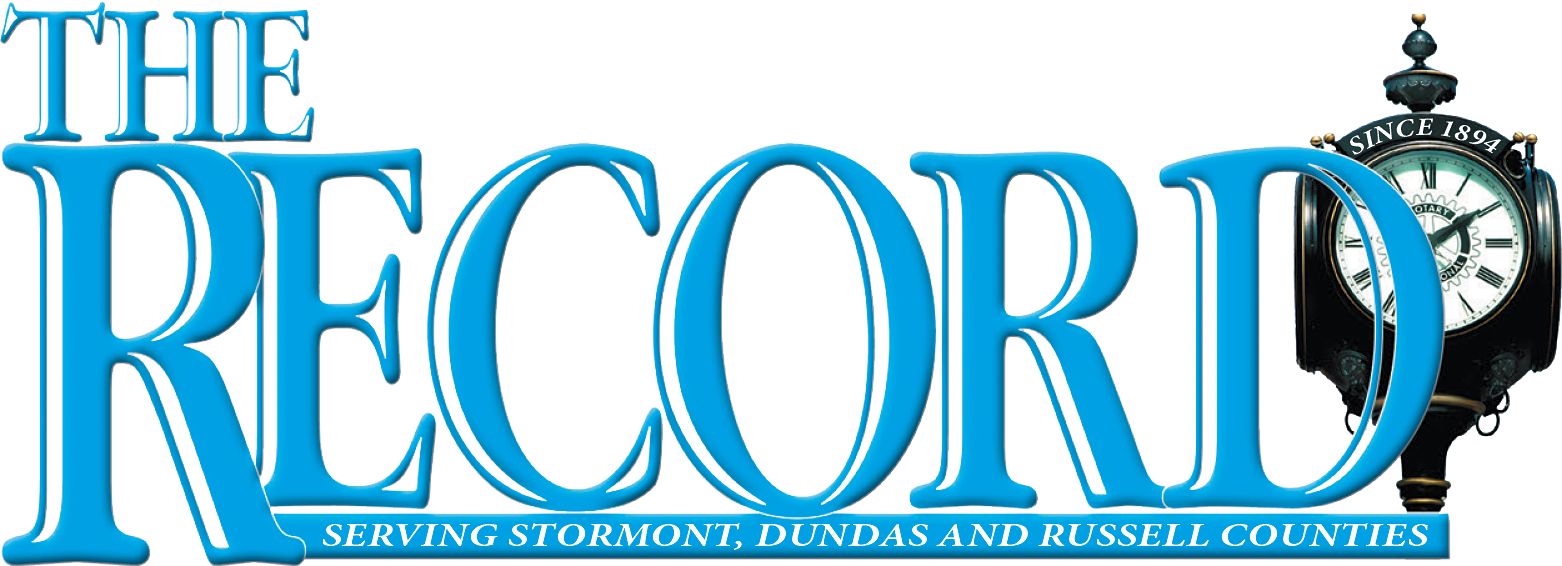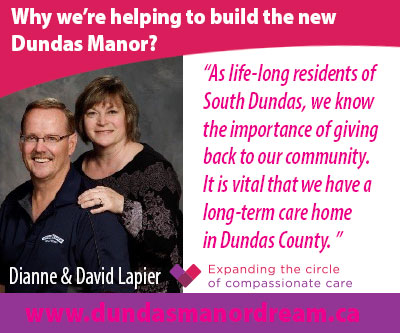Candice Vetter
Villager Staff
New home buyers spend days, even weeks, planning the layout and finishes of their home, but the yard is often an afterthought.
A little planning can help turn the sod and small tree which you started with into your own outdoor oasis that suits your family’s needs. There are four major areas to consider: intended uses, your yard’s features and limitations, maintenance and sustainability, and costs in both time and money.
How do you want to use your yard? Children need room to run and explore. Decks, pergolas and patios make entertaining easier. Do you plan to grow a garden? Have fruit trees? Plant flowers for butterflies and birds? If you want to have a pool or trampoline check the bylaws in your area. Think about the uses before you put in those rose bushes that end up in everyone’s way.
Second, what do you want to show off and what do you need to work around? You may have a lovely view you don’t want to hide, or you may have a street or neighbouring buildings you want to screen your yard from. When planning your entertaining area consider privacy and noise reduction. Trees, shrubs and hedges filter sound, dust and sight. A septic field will limit uses in that area. Most vegetables and flowers need sun so figure out what parts of the yard have the most sun and shade, are wet or dry.
Maintaining a yard and keeping the time, money and resources going into it sustainable requires some realistic thinking. Seed catalogues and garden centres are very seductive, but plants need planting, watering, weeding, and sometimes pruning or harvesting. Perennials require more time and expense up front but less work later. If you have new sod it needs special care the first year or two to become a healthy lawn. Water in the mornings or evenings to reduce evaporation and if there are areas where the grass naturally doesn’t do well, consider changing that area to something ecologically suitable for that spot, a rock garden in a dry area or shade-tolerant perennials between the house and hedge for example. Encourage existing trees and if you have room add trees or shrubs that need little care. They add beauty and value to your property, reduce mowing time, and provide cooler shade than roofs or awnings. But remember, you do not have to do everything at once. Add a small project every year and eventually your yard will find its own balance without taking over your time.
Finally, cost. Smaller plants are less expensive, native plants need less replacement, use your own kitchen compost, your own leaves and grass clippings, and if you are able, your own eyes and hands. Seriously consider adding a vegetable area to your yard. Even if space is really limited, lots of small and continuously productive plants like tomatoes, herbs and beans do well in containers and provide delicious fresh produce for long periods. By growing food in your yard you make it pay for itself, you can enjoy the freshest and tastiest additions to meals, and you can get exercise in the outdoors at the same time.










